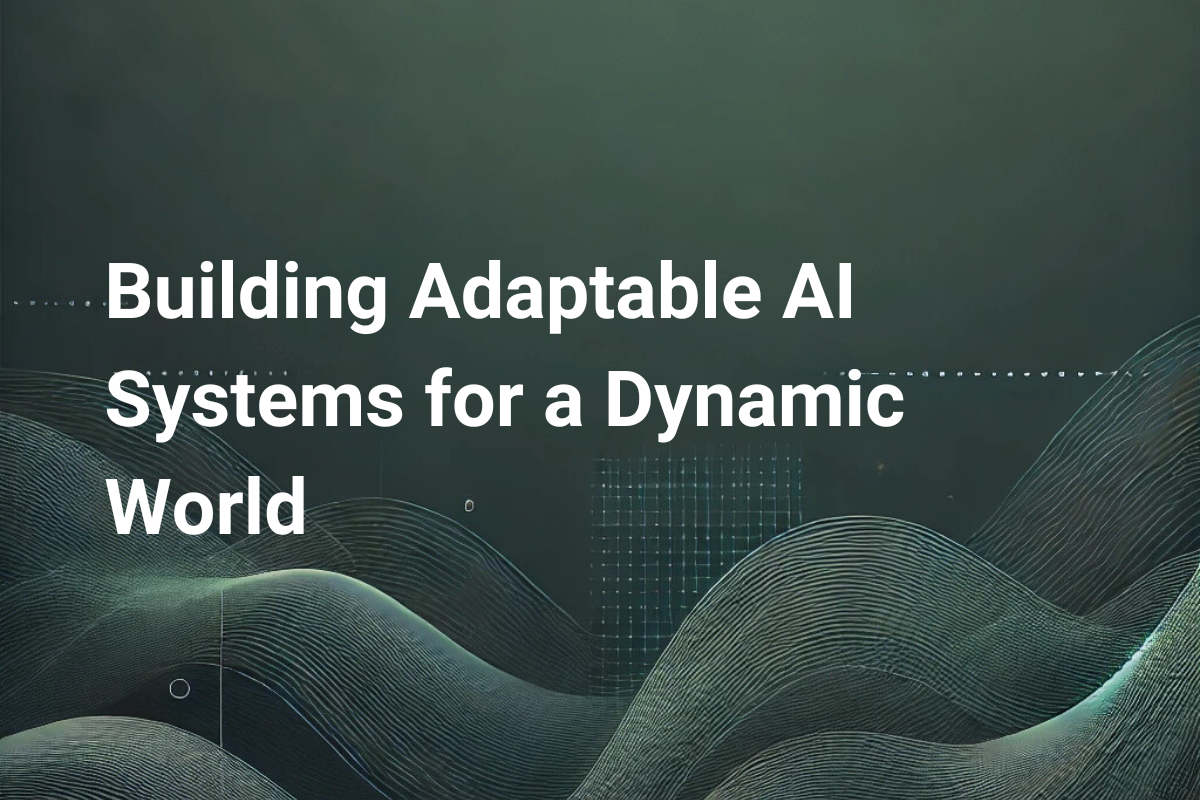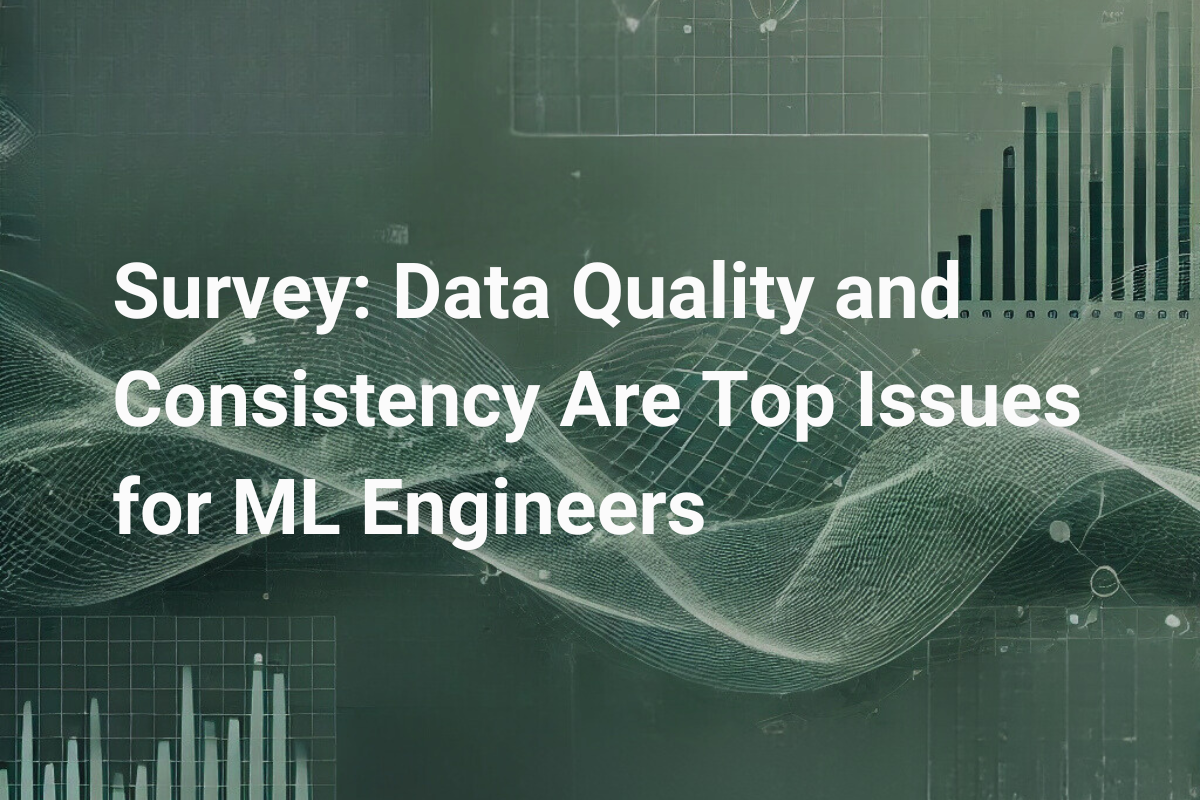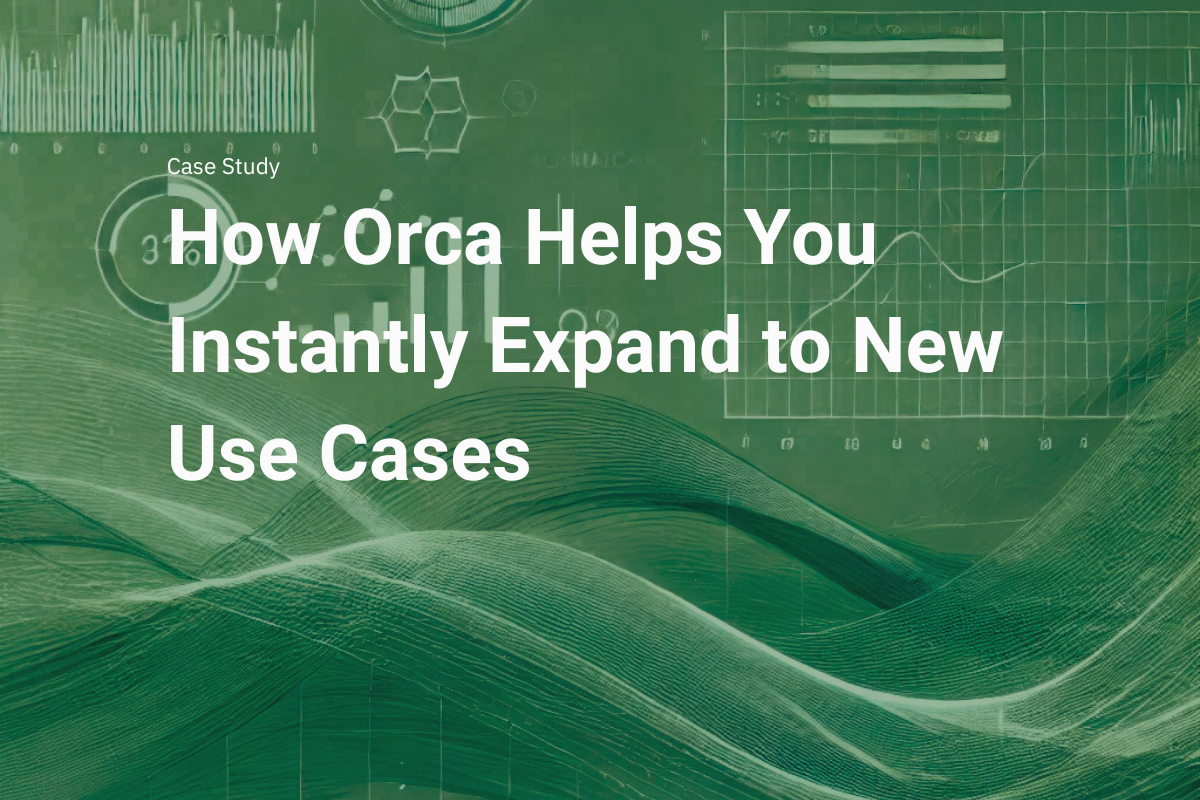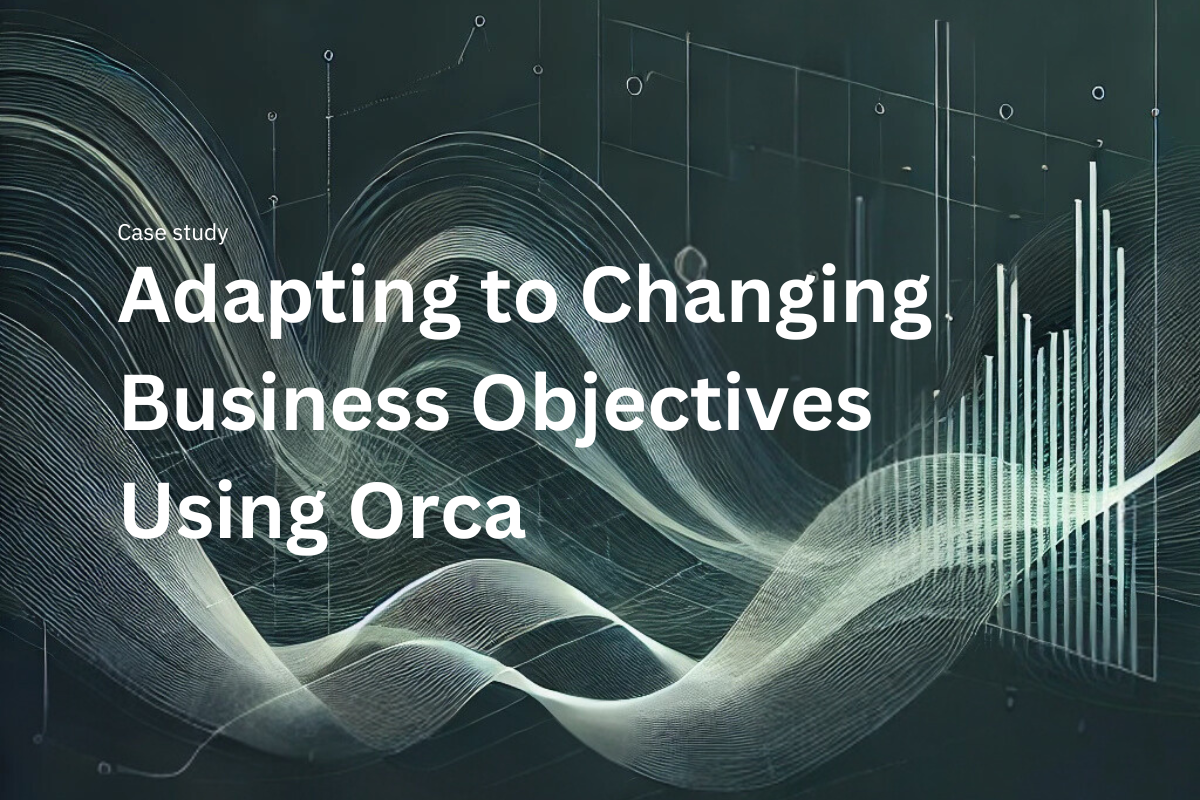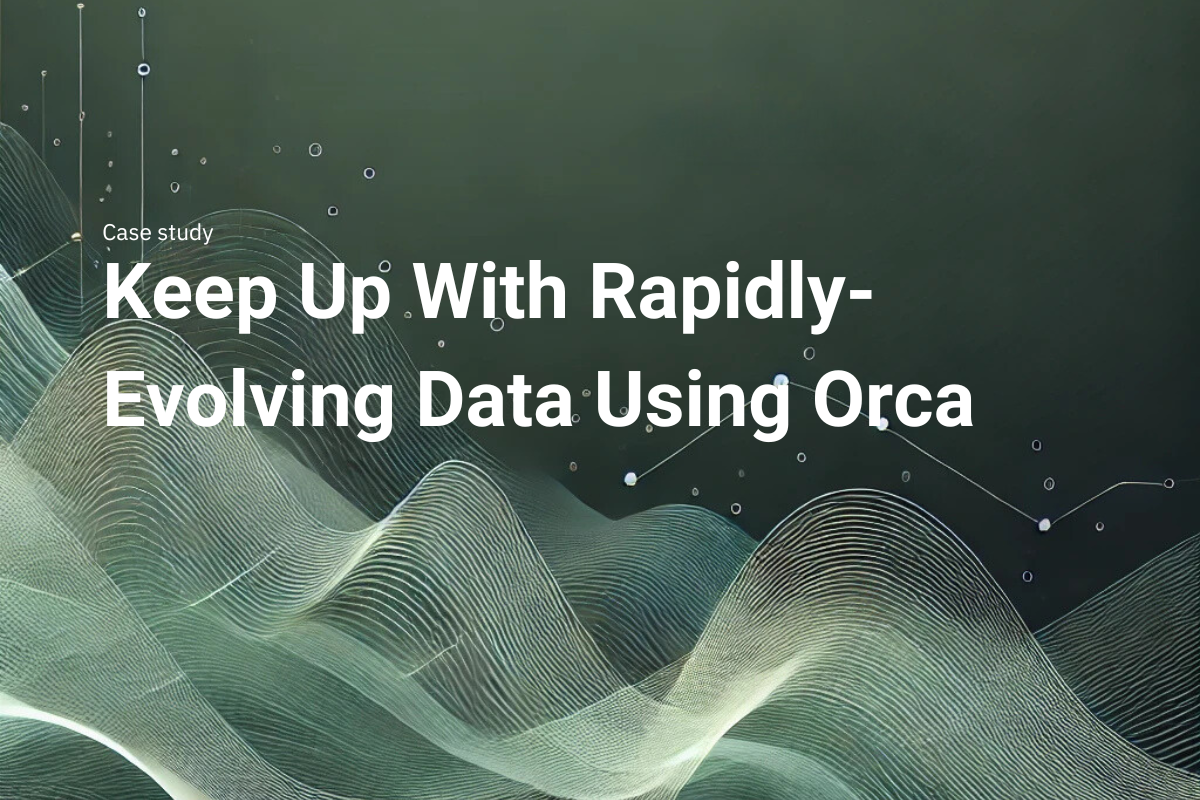The Problem
Predictive AI models often fall short of business expectations because they optimize for average behaviors instead of adapting to the unique, real-world needs of users. This misalignment can leave revenue on the table, frustrate customers, and drive up operational costs.
Why Predictive Models Fail to Deliver
1. Unique Preferences
Recommendation systems often fail to promote personalized products, leading to lower engagement and revenue.
2. Sensitivities to Errors
Industries like medical devices require near-perfect defect detection, while others like furniture can tolerate minor imperfections.
3. Competing Definitions of Variables
"Negative sentiment" may differ for a restaurant and a car manufacturer, necessitating tailored insights.
4. Varying Tolerances for False Positives
Fraud detection tolerances vary across companies, impacting decision-making if not addressed.
How This Is Solved Today
A predictive model will inherently have a limited ability to respond in these changing scenarios. When limited to traditional ML techniques, teams get forced into the following workflow:
- Curating new datasets: Teams need to gather datasets that have enough differences in their distributions and enough examples for those differences to get picked up in training.
- Train new variants: Using that dataset, teams need to create new AIs that retain their core reasoning abilities and avoid overfitting to new data, while also picking up new nuances.
- Manage these variants: Maintaining these variants and optimizing the system’s core reasoning becomes more expensive as you have to curate and retrain an ever-growing set of models and datasets.
If you cannot amass enough unique data to effectively train an AI, you can also leverage other techniques, but both come with significant tradeoffs:
- Hack an LLM to become a predictive system: With some prompt engineering and added context, you can coerce generative AI models to behave as a predictive system that customizes for individual use cases. However, asking these set-ups to deviate from their intended purpose typically introduce excess latency and often have a ceiling on their effectiveness.
- Human-in-the-loop approaches: While this mitigates the need for new models, it introduces ongoing expenses and creates scaling challenges.
How Orca Fixes This
Orca’s MLOps platform builds predictive AIs with \with a modular memory system, enabling models to adapt to new information without retraining.Triggered by specific external signals – for example, user ids, geographies and locations – your model picks the relevant memory set for each inference.
This architecture removes the two biggest blockers to mass customization today:
- Allowing customization for groups that are mostly similar, but have a few subtly important differences. As an example, think about the difficulties in creating a search and recommendation system for a fashion retailer where there’s true personalization for each user. In these set-ups, you may see users who look almost identical, but demonstrate a subtle preference for different hues for very specific types of clothing. Unlike traditional predictive AIs, Orca’s memories preserve this impactful, nuanced uniqueness for each user to unlock a more effective recommendation tool.
- With this approach, Orca also eliminates the headaches associated with managing numerous similar models typically associated with customizing AIs. Instead, teams can maintain one base model, with swappable independent memories, so that they can focus on improvements instead of simple maintenance.
Here’s a step-by-step guide to how it works for this use case:
Step 1: Modular memory architecture
Orca builds predictive AIs with a modular memory system. Instead of retraining the entire model, teams can add new data as independent memory sets. These memory modules allow the model to adapt dynamically to new information without altering its core reasoning capabilities.
Step 2: Trigger customization with external signals
Models built with Orca respond to specific external signals, such as user IDs, geographies, or device types. These signals automatically trigger the appropriate memory set during inference, ensuring the AI delivers outputs tailored to each unique context or group.
Step 3: Preserve subtle, nuanced differences
Orca’s memory system captures and retains fine-grained differences that would otherwise be lost in traditional retraining workflows. For example, in a retail recommendation system, Orca can preserve unique user preferences, like a penchant for particular shades or styles, enabling hyper-personalized suggestions without sacrificing speed or accuracy.
Step 4: Streamline operations with a single base model
With Orca, teams maintain one foundational model and manage only the memory modules. This eliminates the need for multiple, nearly identical models, reducing operational complexity and freeing up resources for innovation.
Step 5: Iterate and scale with confidence
Orca’s modular approach simplifies updates and improvements. Teams can quickly test and deploy changes to specific memory sets without affecting the entire system, enabling faster iteration cycles and more scalable customization.

.png)
.png)
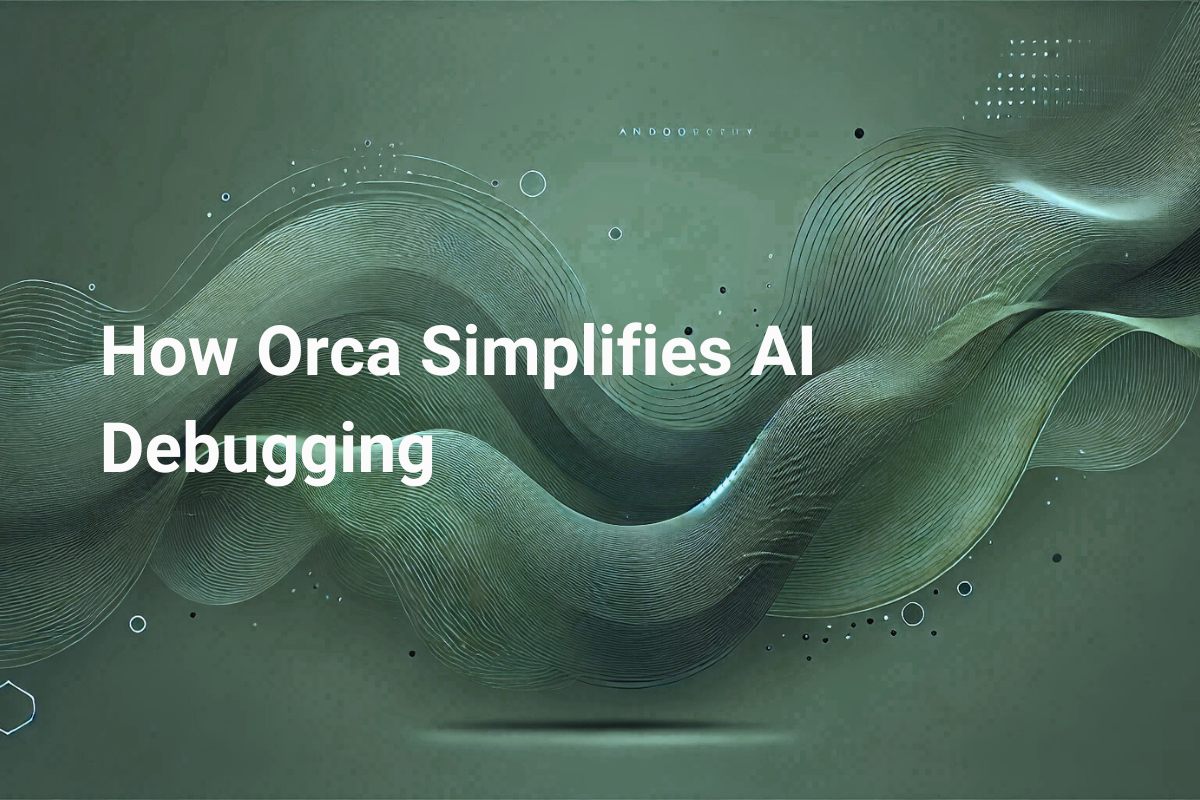

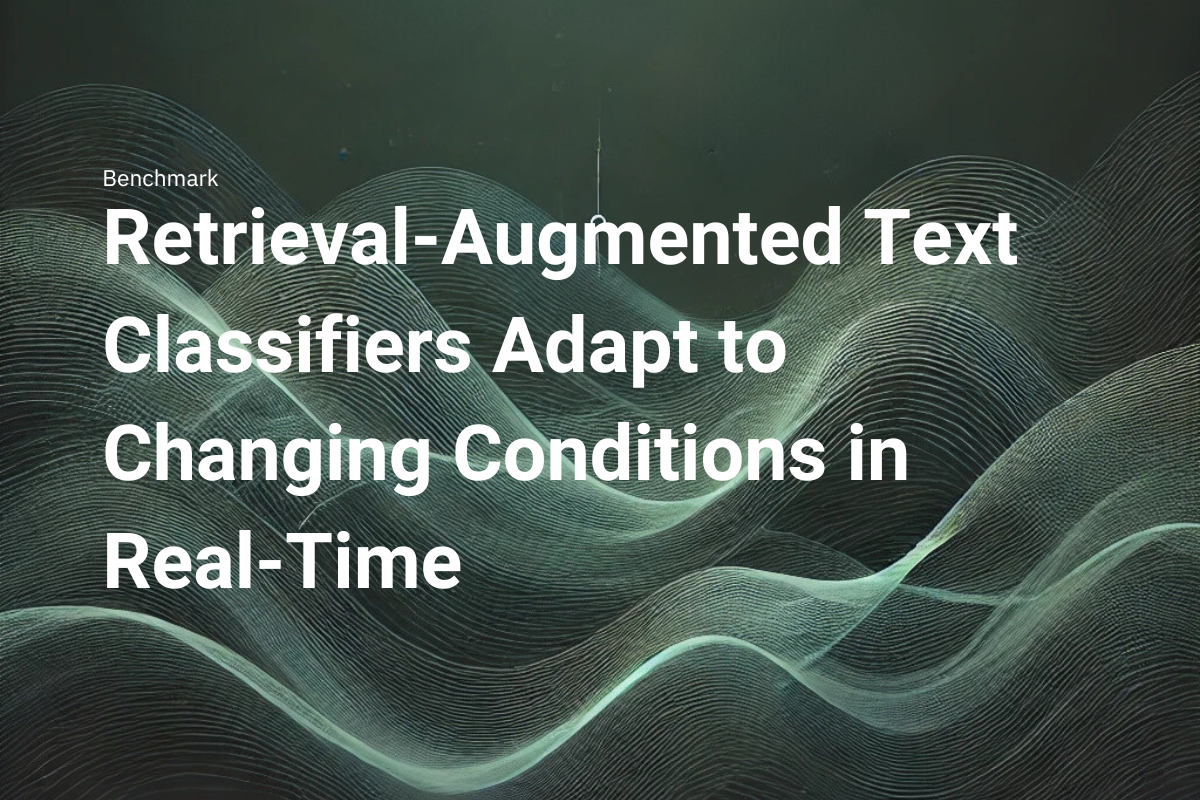
.png)
